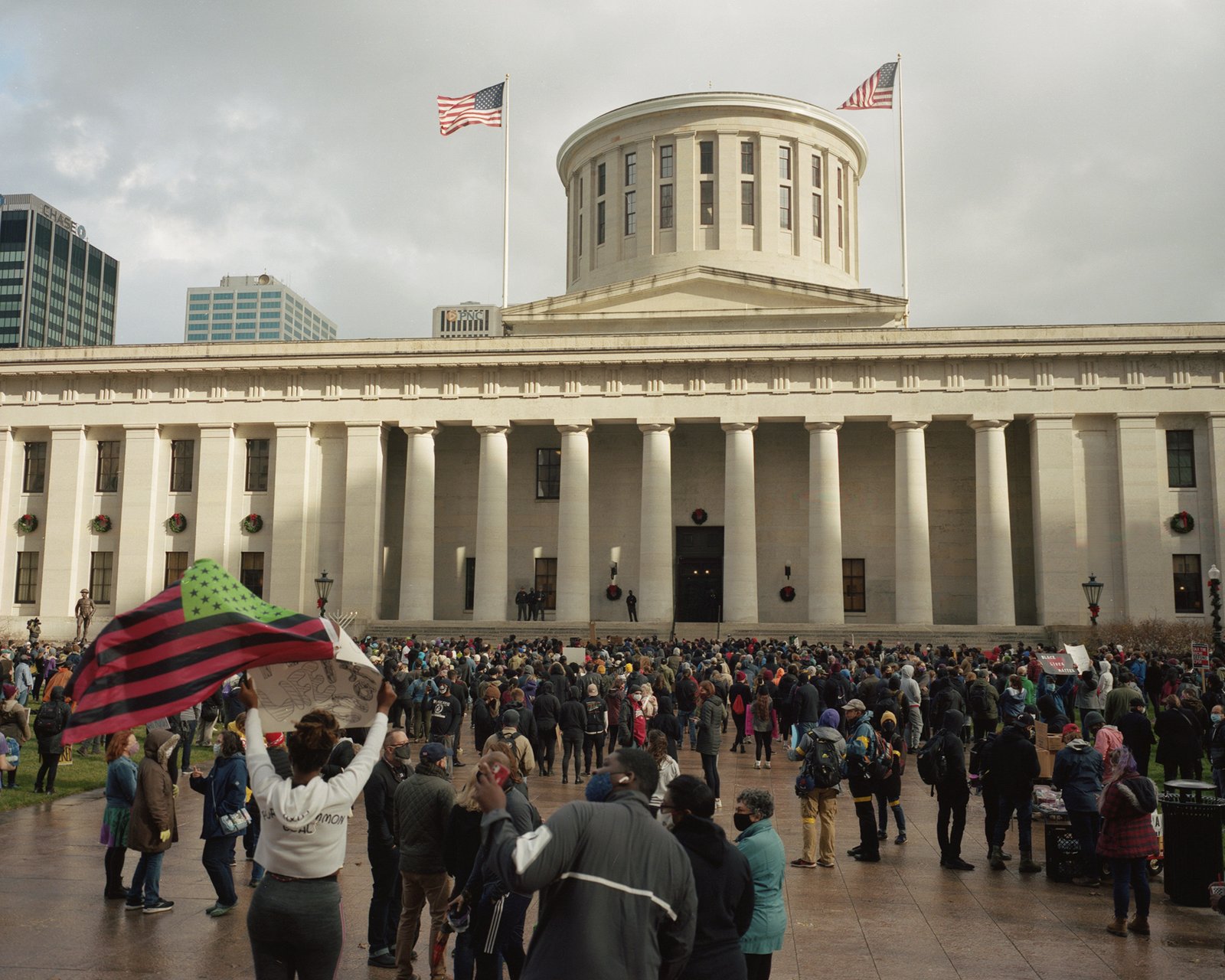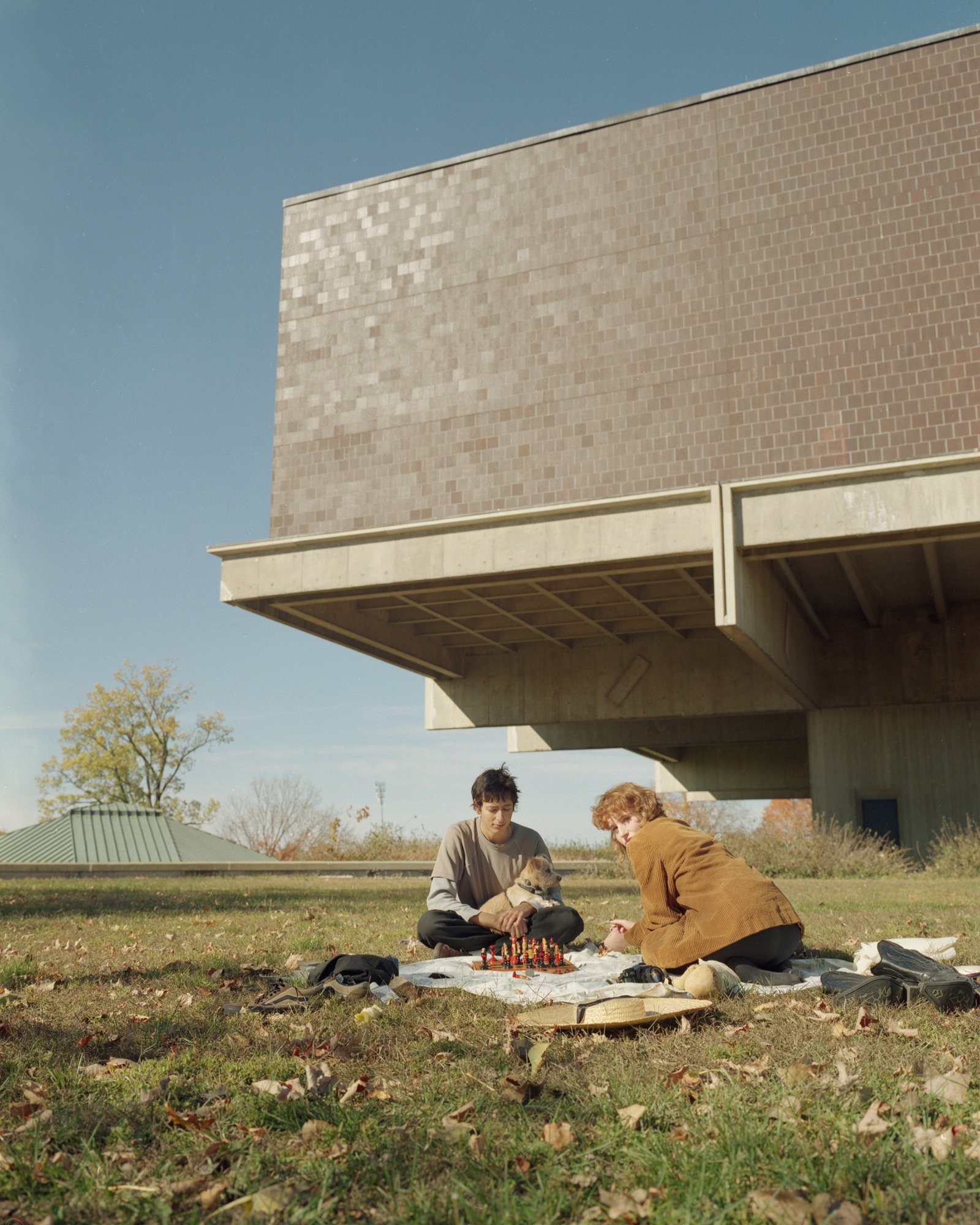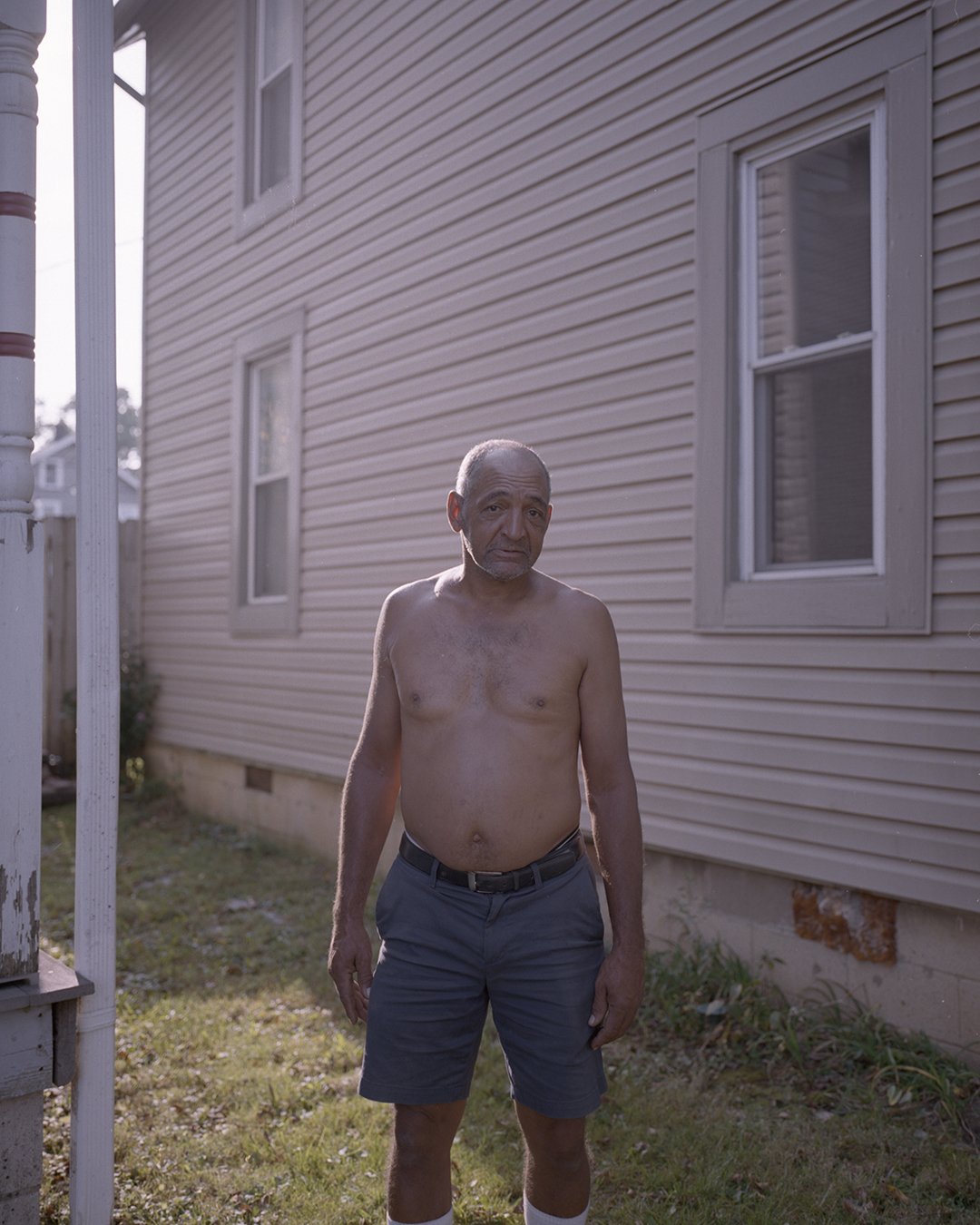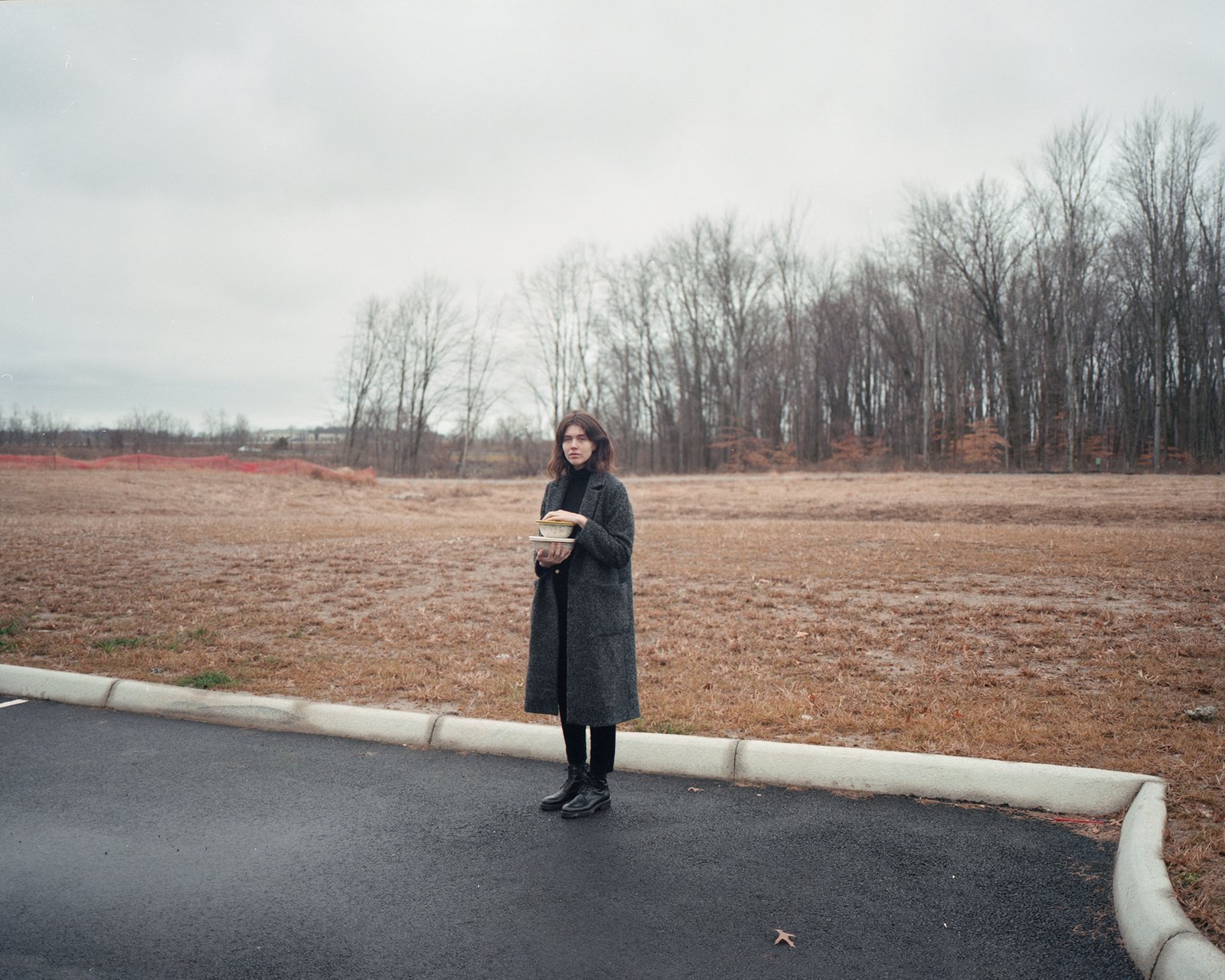Columbus (2020-2023) is a photo series documenting the rapidly changing Midwestern city of Columbus, Ohio and its residents.
The city, considered small or medium-size with its 900,000 residents, suffers from an array of issues that are both common to the average American cities–police brutality, gentrification, housing shortages, increasing homeless populations, underfunded schools, etc. – and also unique for the Midwest region – the economy and population have been on the rise (on pace to match Chicago’s population of 3 million) as other Rust Belt cities decline and stagnate; its home to the most corrupt state legislature and a bought-off city council; the police department is one of the most violent in the US. Columbus, through idle portraits of the city’s youth and political landscapes, attempts to show the city and its inhabitants as they go through these post-industrial growing pains.
With Columbus, Ohio and its mysteriously nonexistent reputation, “it has standardised all the beauty out of life,” as Sinclair Lewis described the fictional city of Zenith, Ohio. Columbus – fragmented, sprawling, lacking any notable substantial landmarks or historical allure – has since emerged as a beacon of economic growth in the otherwise decrepit American Midwest. The sprawling city was forced into its post-industrial rise.
Retail, insurance, government jobs–those were the key to surviving deindustrialisation where others faltered. Geographically distant from larger waterways, sitting snugly in the middle of the state of Ohio, and therefore never an industrial hub to the degree that Cincinnati and Cleveland were, the industries that flourished were banking, insurance, and government jobs due to the city being declared the capital in the 19th century. At a similar time in the same city was the founding of that early retail giant, Lazarus department stores. The geography set the foundation for Columbus’ rise as a retail hub–Wexner’s Limited Brands, Abercrombie, Victoria’s Secret, and others–and has seduced tech. Intel is building the world’s largest computer chip factory here and venture capital like Drive Capital have trekked to the city for its tax abatements and untapped talent.
“In the early years of the 19th century Columbus won out, as state capital, by one vote over Lancaster, and ever since then has had the hallucination that it is being followed, a curious municipal state of mind which affects, in some way or other, all those who live there,” the famous 20th century Columbus-based humorist, James Thurber, wrote. Many choose to flee rather than to live in the eeriness that is Columbus–Ohio is naturally one of the top state where people move from. But then there are those who stay or keep coming back. And of course those hundreds of thousands moving to Columbus. Columbus aims to be the city of the future while also acting as the nucleus of corrupt and authoritarian politics, drawing in white collar workers while evicting the homeless and banning access to abortion. This photo series is an attempt to, on the one hand, come to terms with this landscape and all its contradictions, and on the other hand, to highlight routes of resistance against the city’s dystopian trajectory.




